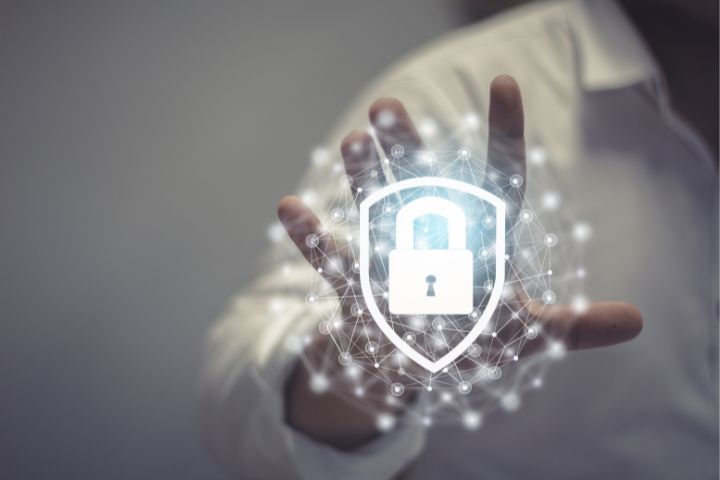Because Security Must Be Sustainable

The concept of a security company has expanded and evolved substantially over the years. Whether we were talking about physical or logical security, over time, we have moved from a substantial perimeter approach based on the concept of border and aimed at protecting internal resources from everything that could come from the outside to a qualitative, targeted approach instead to understand what are the resources to protect and why, wherever they are located.
In the course of this evolution, the physical and cyber worlds have increasingly interpenetrated, thanks to the ever deeper penetration of technology in every business process, from manufacturing production to personnel management, passing through commercial and promotional initiatives. Security has become increasingly integrated, becoming part of the totality of business processes.
At the same time, the skills of a Security Manager have also undergone constant evolution because they are directly linked to a landscape of risks that are constantly changing, following technological but also organizational developments, such as the massive adoption of intelligent working following the pandemic has shown. Similarly, the pandemic has boosted the concept of resilience, which has now become a key criterion for every business organization, also from a security perspective.
New skills
In the last two years, in the wake of the discussions that are animating the planet, the concept of resilience and the consequent solutions have increasingly extended to the themes of sustainability (Bio Security, Environmental Crisis Management, Data Ethics & Responsibility), consequently leading Security Managers who have to expand and review their skills, also from an ESG perspective. Today, an effective integrated security model cannot ignore aspects such as governance, compliance, the environment, and the social fabric surrounding us.
Review governance models
For companies and organizations, the expansion of the reference target has the purpose of protecting the value of the assets and guaranteeing the continuity of its mission in a two-way relationship with the users involved in any capacity, understood as employees, stakeholders, but also as communities, and social and environmental ecosystems directly or indirectly affected by the organization’s activities. For security to be sustainable, organizations must review their traditional governance and risk analysis models, following a series of distinct but strongly integrated guidelines:
- Integrate risk scenarios – integrate risk analysis with sustainability issues (environmental protection, organizational well-being, production sustainability), thus giving new meanings to physical/logical protection measures for production systems, patents, and know-how. how of public interest;
- Balancing interests – operating a continuous balancing of interests between the company, users, and the community in the selection of high-impact surveillance security technologies and functions (facial recognition);
- Extend the scope of the solutions – include Bio Security and Access triage solutions and measures in the business security models, capable of mitigating high-impact pandemic risks on the organization’s reference communities and implementing updated and structured pandemic management plans ;
- Qualify suppliers and partners on ESG issues – extend the requalification process – on the security side – to suppliers and the consequent supply chain security processes, with the adoption of elements relating to the correct management of ESG issues also by critical collaborators;
- Collect data correctly – promote the security and correct management of personal data relating to the reference ecosystem, promoting limits to access unauthorized use, and the dissemination of information also collected through corporate security and tracking devices (CCTV, video analysis, geolocation devices, and wearables);
- Analyze hybrid (cross) risks – consider cross (cyber-physical) risks as the most dangerous from the point of view of sustainability because they are potentially associated with attacks on production or energy and water supply plants (e.g., smart grids and aqueducts), which are able to create the greatest impacts on the environment and on the well-being of communities, as well as obviously determining economic and production impacts on target companies.
A new approach
Only a sustainable approach to corporate security can contribute to achieving real organizational resilience, which goes beyond the ability to face single threats in the short term. The Security Manager must face a real change of mindset, dealing with issues that up to now have mainly concerned the heads of the business lines, if not the top management. For the same reason, security must become a topic of discussion at the Board level as an effective strategic tool as well as a fundamental business enabler.
Also Read : Face Biometrics: Safe, Fast, Covid-Free


